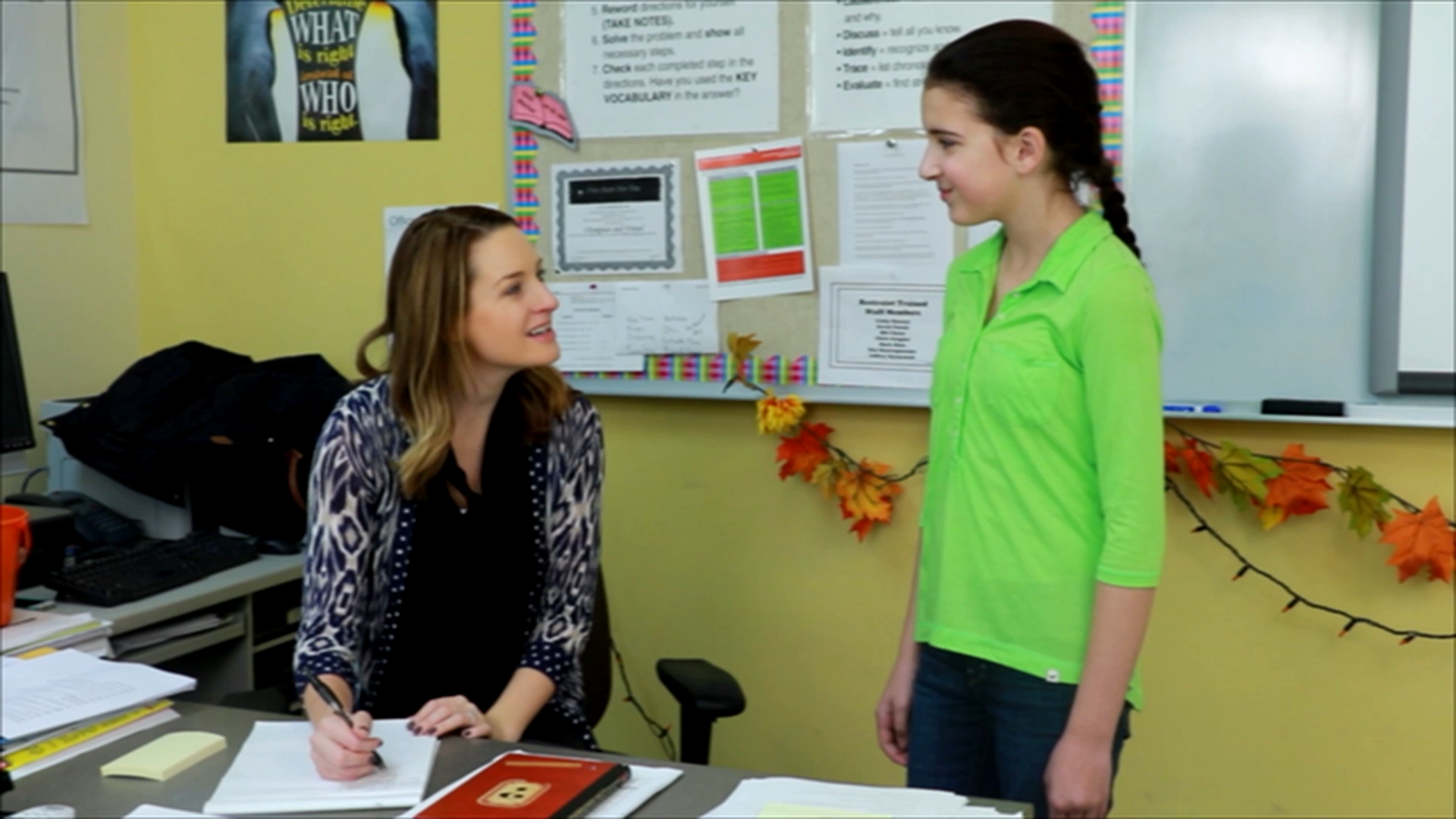
Introduction
Social-Emotional Learning (SEL) plays a crucial role in helping students develop essential life skills. One such skill is the ability to greet others politely and appropriately. This skill fosters a positive and respectful classroom environment, while also teaching students how to communicate effectively with their peers, educators, and other adults. In this blog post, we will discuss the importance of teaching polite greetings to students, present a no-prep activity for educators, and provide discussion questions to deepen understanding.
No-Prep Activity
This activity requires no preparation or materials from the educator. It is designed to help students practice polite greetings with their peers and teachers, and adapt their communication style based on the person they are greeting.
1. Begin by explaining the concept of polite greetings to your students. Discuss the importance of making eye contact, using appropriate language, and speaking clearly when greeting others.
2. Next, have students form two lines facing each other. One line will represent “students,” while the other line will represent “teachers.”
3. Instruct the “students” to greet the person across from them as they would a teacher, using phrases like “Good morning” or “Hello.” Remind them to make eye contact and speak clearly.
4. After each pair has practiced their greeting, have the “teachers” offer feedback on the interaction. Encourage them to discuss the appropriateness of the greeting and any suggestions for improvement.
5. Have the lines switch roles, with the “teachers” now acting as students and vice versa. Repeat the process, allowing each participant to practice both roles.
6. Finally, bring the group back together for a brief reflection on the activity. Discuss the importance of adapting their communication style based on the person they are greeting and the benefits of using polite greetings in various social situations.
Discussion Questions
- Why is it important to use polite greetings when addressing others, especially teachers or other authority figures?
- How can making eye contact and speaking clearly contribute to a positive and respectful classroom environment?
- What are some other ways we can show respect and communicate effectively with those around us?
- Can you think of a situation outside of the classroom where using a polite greeting would be important? Explain your answer.
- How does practicing polite greetings contribute to our overall social-emotional learning and personal growth?
Related Skills
Teaching students to use polite greetings is just one aspect of fostering strong social-emotional learning. Other related skills that educators may wish to explore include:
- Active listening
- Empathy and understanding
- Conflict resolution
- Cooperation and teamwork
- Respect for others’ perspectives and opinions
Next Steps
Interested in more resources and activities to support your students’ social-emotional learning? Visit Everyday Speech to sign up for free sample materials that cover a wide range of skills, including polite greetings and more. By incorporating these resources into your classroom, you can help your students develop the necessary skills to navigate social situations and foster a positive learning environment.

